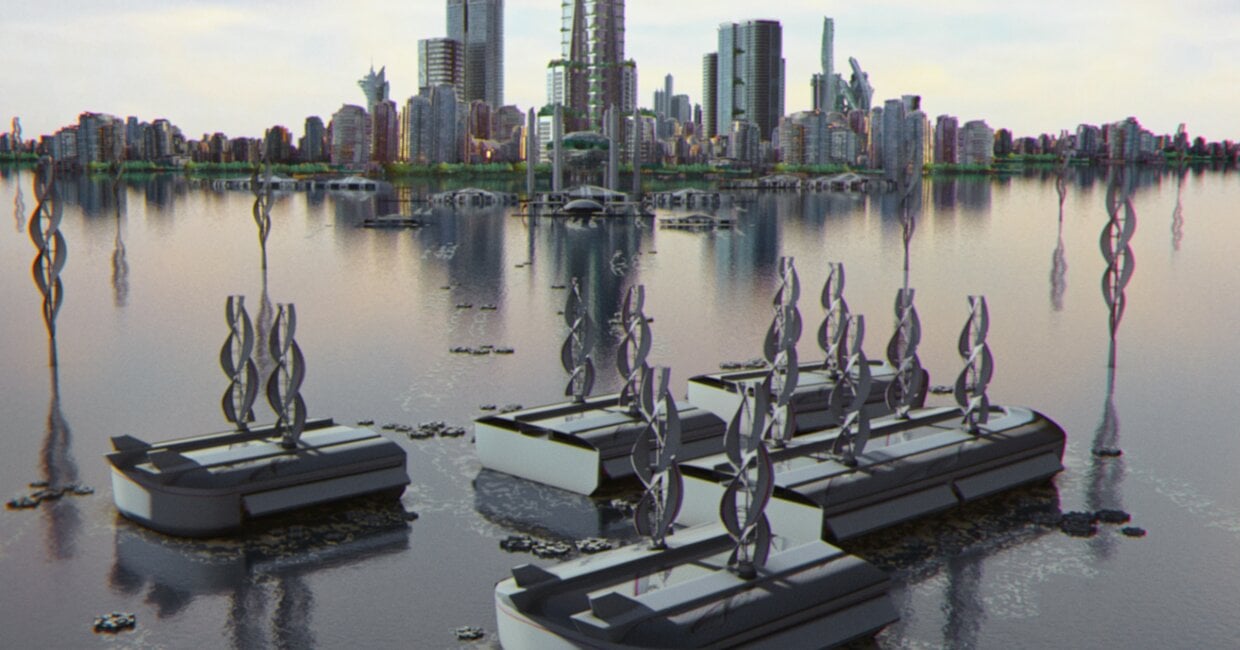
Will megaships face the fate of dinosaurs?
Will digitalised supply chains and e-commerce finally bring an end to the quest for larger container ships?
During the last decade, cargo carriers and shipping lines have been continuously investing in bigger vessels to gain efficiencies of scale. Simultaneously, container volumes have not grown at the same rate, resulting in vessel overcapacity. Shipping lines have consequently adjusted their transport capacity by, for example, lowering sailing speeds (and thus gaining further savings in fuel). For terminals, the development, combined with heavy industry consolidation, has resulted in major challenges since vessels visit less frequently but with significantly more containers per ship, leading to lower quayside productivity, difficulties in handling peak volumes, and a pressure to upgrade ship-to-shore crane infrastructure for the latest generation of superwide ships.
The great open secret of the container shipping industry is that the seemingly inescapable move towards ever-larger vessels is a conspicuously sub-optimal solution, but one that shipping lines have no option but to continue following year after year. After all, if the competitors are gaining the economies of scale of larger ships, what option is there?
Call for individualism and customisation
But is this trend really inescapable, and does it actually reflect where the world is heading today? Consumer markets, industrial production and logistics are actually moving to smaller lot sizes and even "one-piece flow" scenarios, because of individualism, customisation and highly optimised just-in-time supply chains. In the past, you could order one shoe model in perhaps two or three colours. Today, you can design and order your own shoe online and have it delivered to your home in a matter of days. Of the thousands of vehicles produced by a major car factory in a day, practically every single one is a unique combination of model, colour, accessories, tyres, wheels and so on.
The examples are countless, but what all of this means is that shippers have a need to cost-effectively transport smaller lots or even individual components or products that need to arrive in a given place at precisely the right time – and the transport must be fast. After all, how long will a customer today be willing to wait for their order, or the factory for the part or material needed to fulfil that order? If manufacturers can't count on rapid and regular just-in-time shipments, they are tying up their capital needlessly in warehoused stock of components or even end-products. In today's markets, unless you make things based on an actual customer order, there is simply too big a risk of manufacturing the wrong product.
Smaller, faster, flexible
The remarkable thing is that these market needs are a complete contradiction of what container carriers have been investing in for the last decades just to sub-optimise their own operations. In the future, it seems clear that there will be room for industry disruption by shipping lines and cargo handlers that start to develop small, fast ships that can run at low cost with more frequent schedules, ultimately providing better service levels for end customers. Instead of massive container ships arriving infrequently to a terminal, we would see a lot more flexible, continuous stream of goods and materials. This would also change the game positively for terminals since they could once again operate on more steady volumes and make better use of their equipment fleets, thus bringing further savings for the whole supply chain.
Yes, this concept was already tried back in the early years of the millennium, and it didn't work out. But the world is different today. The transparent digitalised supply chain is becoming a reality. Autonomous ships are developing rapidly, perhaps to be deployed first on shorter low-volume routes requiring fast service. Major consumer product manufacturers are discovering the competitive benefits of short delivery times and have begun to reverse the trend of moving production to the Far East, building high-tech factories close to their European markets. And if the factories need to provide faster just-in-time service, so do the companies shipping them their raw materials.
Naturally there are multiple possibilities to enable more frequent and fast shipments - like cheap air transport - but all of this points to a potential transformation in the upcoming years for the container shipping industry as well, where cost per unit shipped is still a key competitive factor, but in which economies of scale from giant slow-steaming container ships are not the only way to reach the target. When we find the right convergence of engineering and business model innovation to enable smaller, faster vessels to reach the equivalent – or cheaper – unit shipping cost, the world will inevitably change, once again. What do you think - how could the container shipping industry respond to these inevitable megatrends?
Hannu Karp
Senior Manager, Digital Services, Kalmar
Related articles
Subscribe and receive updates in your email
Subscribe













